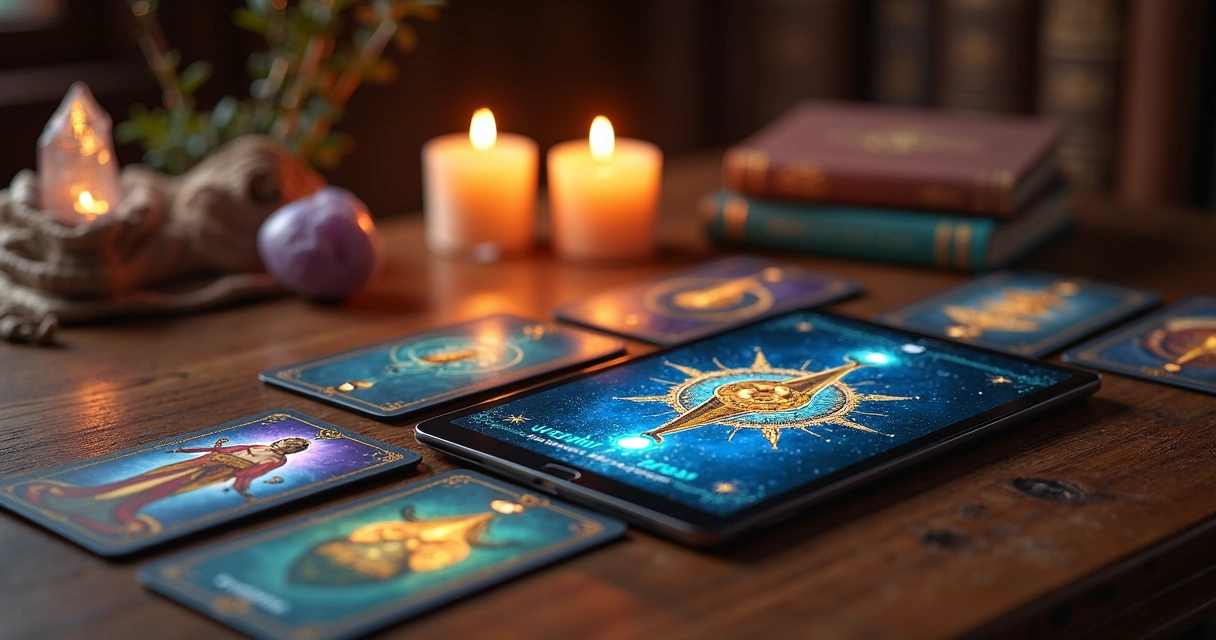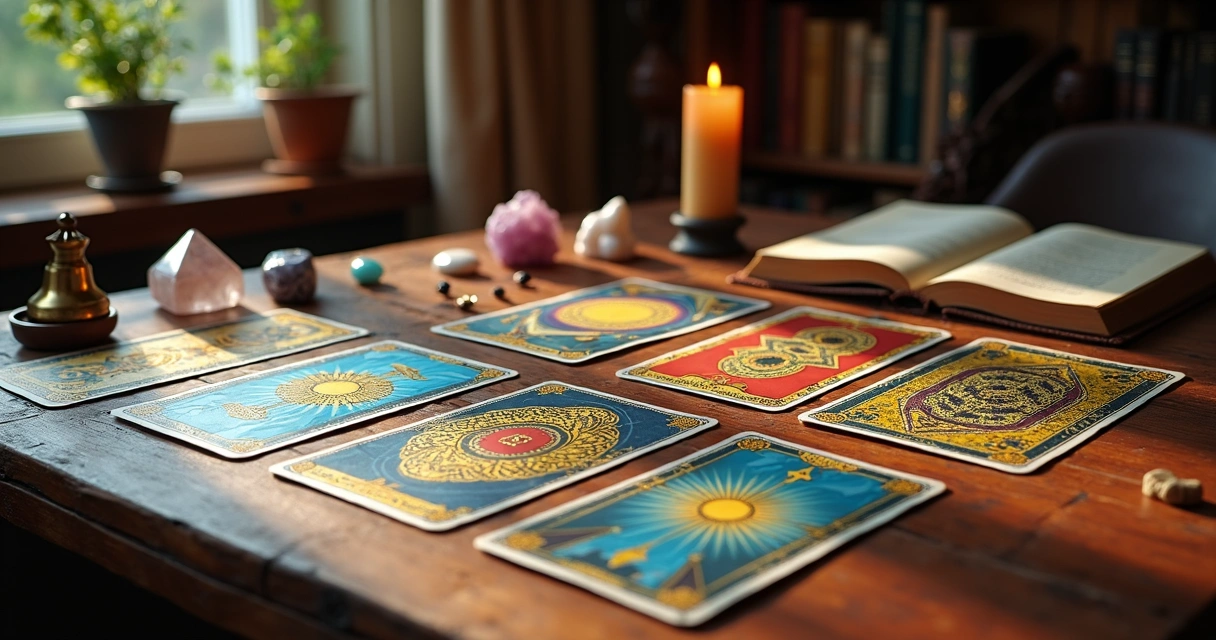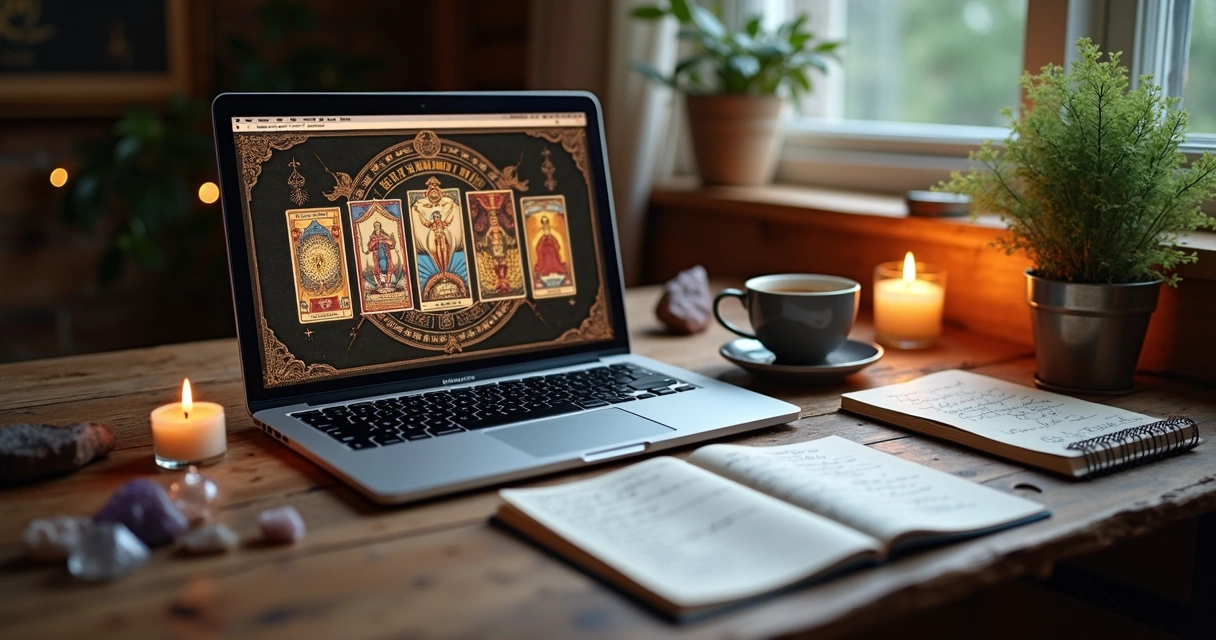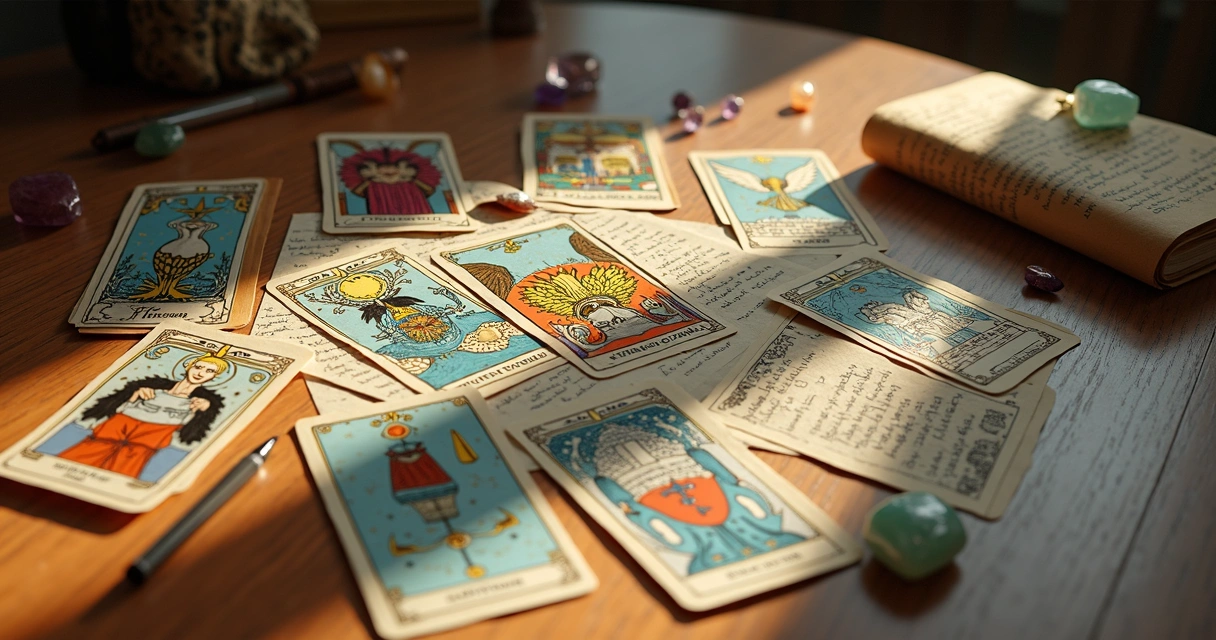Tarot is an art of nuance, full of symbols and layered intuition. These days, many mystic professionals and curious learners are asking: can artificial intelligence really understand Tarot? Or is something lost when a machine tries to interpret what’s at the heart of this ancient practice? With the rise of AI-powered tools like MysticLog, there’s a new layer to this conversation. But there’s also plenty of hesitation, skepticism—maybe even a bit of hope. Let’s break it down, and see how it plays out in practice for real-world Tarot work.
Why we even ask if AI can be accurate in tarot
Anyone who’s pulled cards for a querent knows the experience can be deeply personal. It’s not just about the cards—
The magic comes from the dance between intuition, symbols, and a very human sense of the moment.
But with AI, some worry that the mystery is lost. Practitioners have pointed out, as in this thoughtful discussion, that AI can’t mimic human intuition. Algorithms work with patterns, and Tarot often breaks the rules or finds meaning in the unexpected. Plus, AI can’t read a room, feel a pause, or notice a trembling hand.
Still, there’s another side. Technology, especially when shaped with care, has the power to organize our knowledge, pick up patterns we might miss, and even act as a creative sounding board. So maybe—just maybe—AI isn’t meant to replace human insight. It could be a kind of quiet helper, especially if designed with real Tarot wisdom at its foundation.
What AI struggles with (and why it matters)
There’s no denying that AI has limits with Tarot. Some of these are technical, others are more philosophical. Here’s what many readers worry about:
- Lack of intuition. No matter how good the code, it won’t “feel” the spread or the mood in the room the way you can.
- Nuance of symbols. Sometimes, the same card means something wildly different depending on the question, the day, the energy. AI might miss these subtleties.
- Pre-made interpretations. Machines often start with standard meanings, so readings can sound generic or formulaic.
- Algorithmic bias. AI only knows what it’s taught, and sometimes its training data reflects the biases or gaps of whoever built it. That can lead to odd or off-putting readings, as explored in this article.
- Ethics and privacy. Some fear that with AI, their private questions or client data could be mishandled if the tool isn’t built with strong protections.
These are not small things! While AI feels modern and smart, the experience isn’t the same as working with a living, breathing Tarot reader. But it’s not a lost cause—far from it.
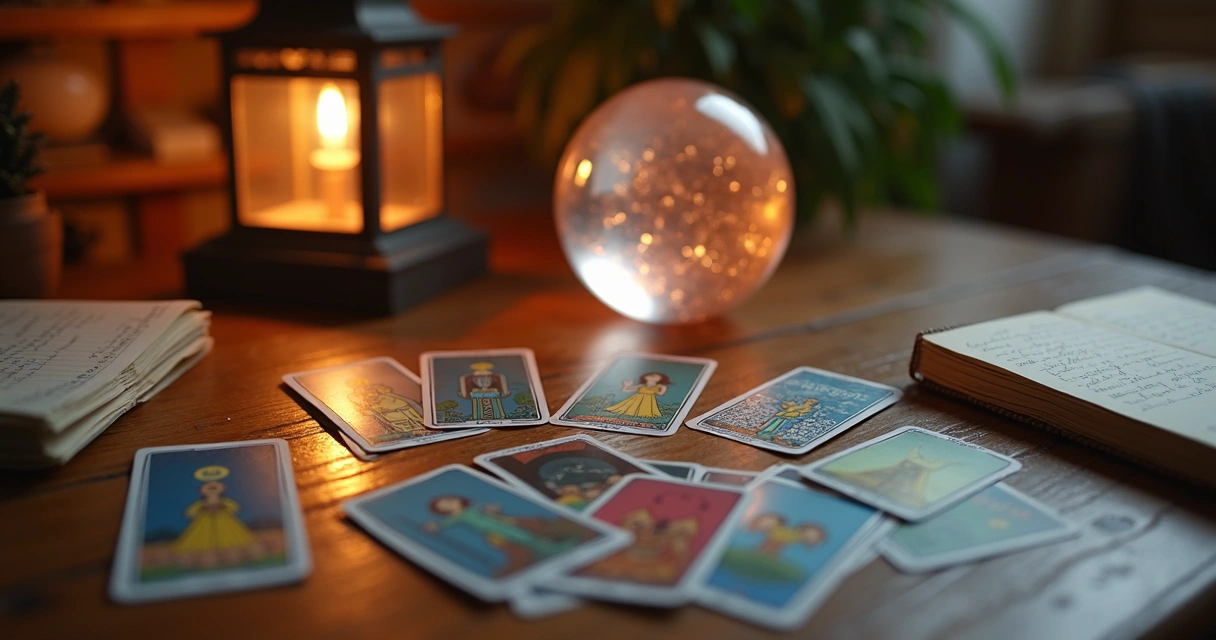 How MysticLog’s AI Assistant works in real readings
How MysticLog’s AI Assistant works in real readings
Let’s bring MysticLog into the story. Unlike some basic automated Tarot tools, MysticLog’s Mystical AI Assistant was designed with an understanding of how Tarot is actually practiced. It’s not just spitting out card meanings. It responds, adapts, and invites you to guide it. Here’s how it plays out for both professionals and learners:
Interpreting the cards: human meets machine
I once sat down with MysticLog after a long day, looking to reflect on a particularly difficult reading. I uploaded my spread, typed a bit about the client’s question, and waited. What came back surprised me. The AI didn’t just recite, “The Tower means sudden disruption.” Instead, it asked if this card felt disruptive because of a current life event, or if it might point to rebuilding from something already lost. It nudged me, gently, to consider angles I hadn’t thought of. Sometimes, that’s all you need—a second pair of eyes, even if they’re digital.
- Contextual questions. The AI prompts you for details: your querent’s focus, emotions around the draw, or even your own doubts about the spread.
- Layered meanings. If you use the same card in two readings, the AI adapts its suggestions, offering symbolism that fits the background you provide.
- Reading styles. Prefer a psychological approach over predictive? The AI learns that, too. You can tell it: “I use Jungian symbolism,” or, “I see the cards as energy patterns.” Over time, it gets the message.
- Reversed cards and oddities. MysticLog doesn’t default to upright meanings only, a limitation sometimes found in other tools (as reviewed here). If a card falls reversed, or if you use unique deck variants, you can teach it your preferences. It listens.
“The best AI feels more like a thoughtful friend than a fortune-teller.”
Practical examples: a day in the life
On a normal workday, I might get three different questions. One about love, another about work, and a third about someone’s spiritual path. Each querent brings unique energy. MysticLog’s AI tracks this, too. It remembers the context, adapts the communication style, and allows you to revisit old readings with fresh eyes.
- For a querent grappling with heartbreak, the AI suggests gentle language and highlights supportive meanings.
- With a more analytical client, it might focus on practical action steps coming from the spread.
- If you’re reflecting solo, it knows you might want prompting questions instead of direct answers.
Have I ever disagreed with its interpretations? Occasionally. But that’s where the power lies—I can rewrite, correct, and guide the tool. It’s a collaboration, not a replacement.
Addressing fears of misinterpretation
Maybe you’ve heard (or felt) worries about AI missing the real message of a reading. Some skeptics say machines just grab keywords and throw out canned answers. Early versions did that. But with MysticLog, the system is built to adapt. You give feedback, and it learns, shaping its voice to match your practice.
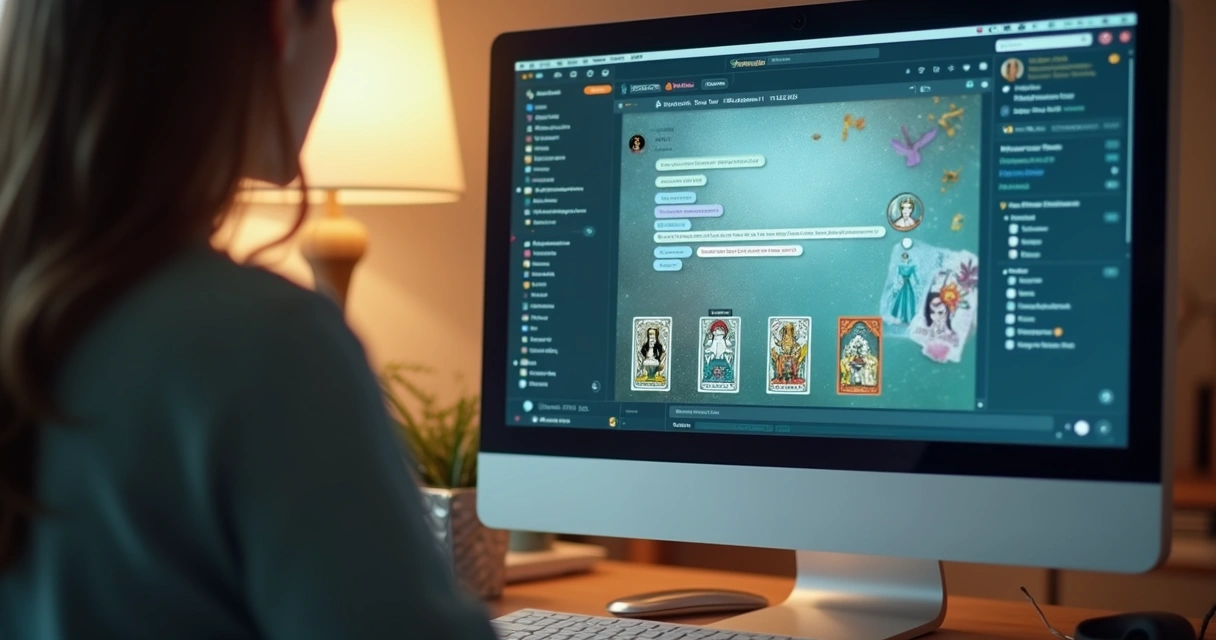 Can AI ever read “the room”?
Can AI ever read “the room”?
Honestly? Not exactly. Digital intuition is, well, not the same as human intuition. But MysticLog tries to pick up the next best thing by:
- Tracking reading history and previous notes for the same querent.
- Asking clarifying questions when card meanings seem ambiguous.
- Letting you override or comment on any suggestion, which is then “remembered” for the next session.
In a way, it’s a more respectful approach. It doesn’t assume it knows better. It asks, checks in, and lets you lead.
How to customize your AI assistant for your style
This part really makes the experience yours. Here are some tips to get the most out of MysticLog’s Mystical AI Assistant:
- State your philosophy. Tell the AI upfront: “I read for personal reflection, not prediction,” or, “I use numerological pairings.” This changes the way it responds.
- Upload your favorite interpretations. Share your personal notes, keywords, or even specific spreads. The AI incorporates these as its “core references.”
- Adjust the tone. Prefer soft encouragement or direct honesty? Indicate how you want the responses to sound. You can always tweak or correct.
- Use feedback loops. After each session, mark which answers felt spot on, which missed the mark, and why. Over time, the AI refines itself—just for you.
It’s never static. The more you interact, the more it adapts. It won’t supplant your intuition, but it can amplify your insight (sometimes in surprising ways).
Why privacy and control matter more now
AI is only as trustworthy as how it’s built and how it handles your data. MysticLog was designed so only you, the practitioner, have access to your records, with encryption and clear permissions. You choose what’s saved, what’s forgotten, and what gets shared with clients or students.
This is, frankly, non-negotiable in a spiritual practice where vulnerability is common and trust is everything. Recent tech articles on Tarot and ethics stress that privacy features are every bit as important as accurate card meanings. If you ever feel unsure, you can delete, redact, or export your records at any time—no stubborn robot in the way.
Feedback as growth (and gentle correction)
What happens if the AI gets it wrong—gives odd advice, or misses a nuance? That’s where MysticLog’s feedback tools matter. You can:
- Mark responses as helpful or unhelpful (with notes explaining why).
- Highlight parts you want the AI to “emphasize” in the future.
- Suggest new keywords or symbols that are important to your deck or tradition.
This relationship is meant to be ongoing and flexible. Your corrections become part of an evolving archive. No hard feelings, just good learning.
Finding balance: human touch and digital assistance
Are Tarot professionals right to be a little cautious about too much tech in spiritual work? Absolutely. There are legitimate worries about mixing cold algorithms with soulful insight. You can’t automate everything. But with the right setup, the relationship is more supportive than intrusive.
“The real magic is always in the reader’s hands. Tools, even smart ones, are just helpers.”
Think about it like this. Remember the old days of jotting cryptic notes in a spiral notebook, then scrambling to remember next time you saw the same client? Digital tools, when well designed, fix just that. AI, especially with a system tuned to Tarot’s deep language, can amplify memory, spot hidden trends, and give you a sounding board. But you get to decide when to listen—or when to trust your gut instead.
How MysticLog supports students and beginners
If you’re just starting out, AI has another advantage. MysticLog’s assistant doesn’t judge. It will guide you through card meanings, suggest ways to form your own interpretations, and help you reflect after each reading. Teachers can even see how students are engaging, create prompts for practice, and tailor study sessions. Again, though, the emphasis stays on learning, not just copying answers.
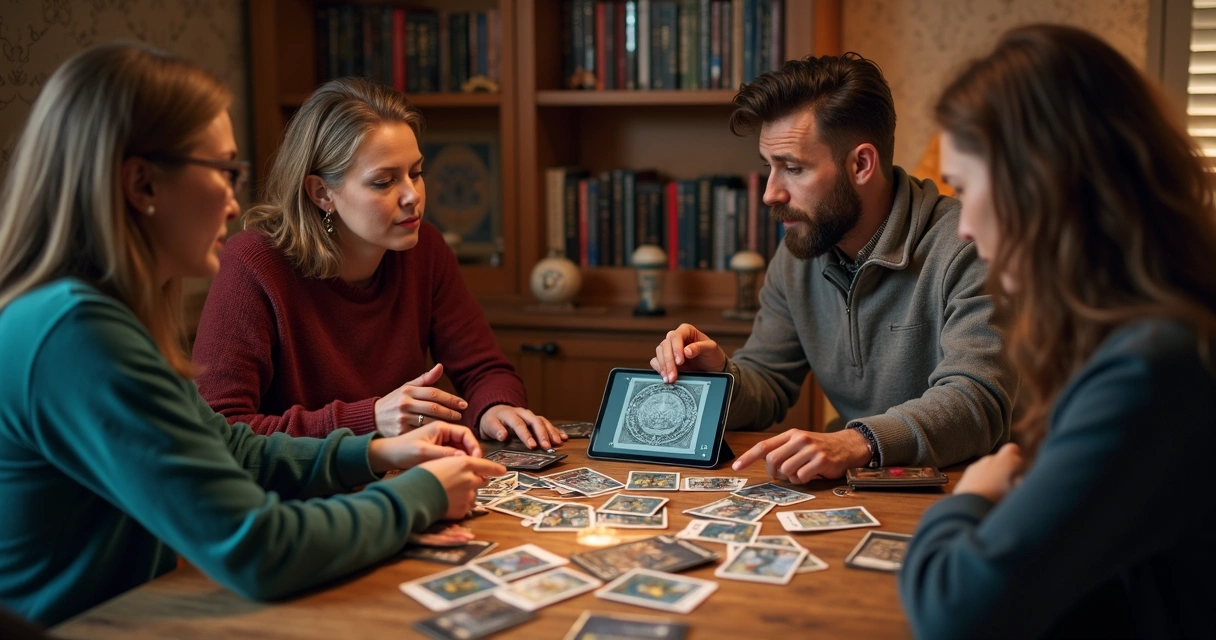 Lessons from real-world results (and current research)
Lessons from real-world results (and current research)
Current AI Tarot tools aren’t perfect. Multiple reviews, like this honest look, mention gaps in reversed cards, some inaccuracies, or readings that feel “off.” Others, such as in longer discussions about technology in spiritual work, remind us the magic is never in the software—it’s in the reader’s interpretation, their life experience, and their humility.
Still, the digital future is here. Many are seeing how a well-programmed AI assistant, like MysticLog, grows alongside you, without ever trying to take your place. It gives structure, a second perspective, and the comfort of organization.
“AI is here, but intuition is forever.”
Conclusion: should you trust AI with your tarot practice?
So, is AI truly accurate for Tarot readings? The honest answer is: it’s complicated. AI can be a steady, responsive assistant, helping you find patterns and prompting deeper reflection—but it will never fully replace the wisdom in your own heart and hands.
MysticLog is proof that, when designed with thought and care, AI can become a spiritual companion, not a competitor. It adapts to your style, keeps your data safe, and helps you teach (and learn) Tarot more clearly.
Maybe, with the right tools, the ancient and the modern can meet in the middle, each making the other a little stronger. If you feel called to see what the future of Tarot could be—with tradition and tech working together—now is a good moment to try MysticLog and experience the difference for yourself.
Frequently asked questions
What is AI tarot reading?
AI tarot reading uses artificial intelligence to interpret Tarot spreads, provide meaning explanations, and sometimes suggest guidance. The system, like MysticLog’s Mystical AI Assistant, processes your input, tracks querent details, and adapts its responses to your reading style. It’s (usually) a digital chat, not a “psychic”—it relies on patterns, language, and context you provide.
How accurate is AI in tarot?
AI can be quick and consistent, but accuracy depends on how it’s trained, how much context you provide, and whether it supports nuanced reading styles. Studies and recent reviews show that while AI often matches standard card meanings, it can stumble with subtle or symbolic questions. Human oversight and customization (plus feedback) boost its usefulness, but a totally automated reading can sometimes miss the mark.
Is it worth it to try AI tarot?
For many, yes—if you approach it as a tool, not a replacement for spiritual insight. AI, especially in a system like MysticLog, keeps your reading history organized, offers new perspectives, and adapts to your learning or teaching needs. It helps professionals streamline their work and lets students practice in a safe, low-pressure environment. The key is knowing its place: as a companion, not a final authority.
Can AI replace human tarot readers?
No, not really. Even advanced AI can’t match human intuition, empathy, or creative interpretation. As discussed in articles focused on AI’s limitations, human readers read between the lines, feel energy, and adapt to the moment. AI is best thought of as a supportive extension—a second brain, not a second heart.
Where to find the best AI tarot?
If you’re looking for an AI Tarot assistant that combines flexibility, privacy, and a deep respect for real Tarot practice, MysticLog sets the standard. It’s crafted for working mystics and students alike, with features that let you steer the reading process and protect your data. The best AI is the one that grows with you, respects your methods, and makes the spiritual journey richer, not colder.

